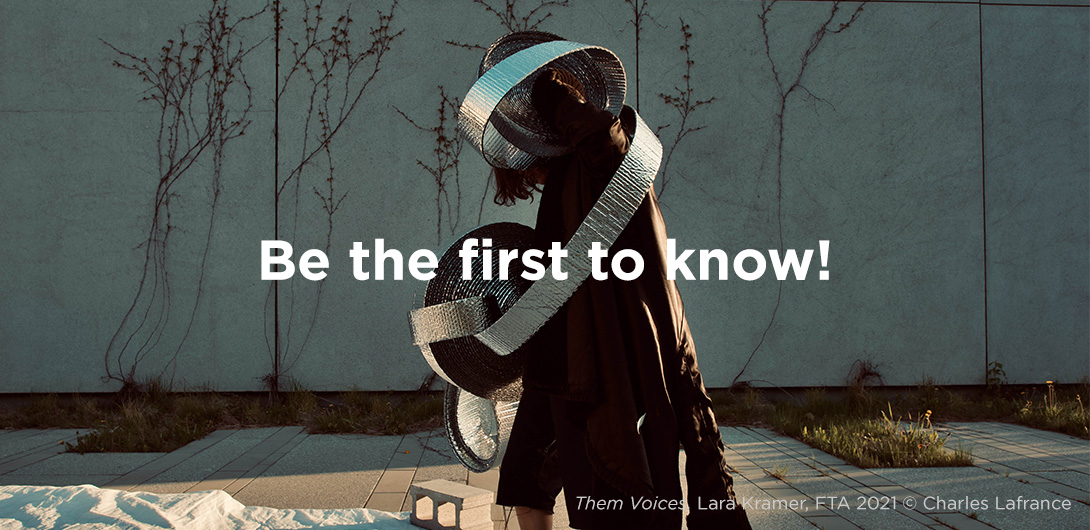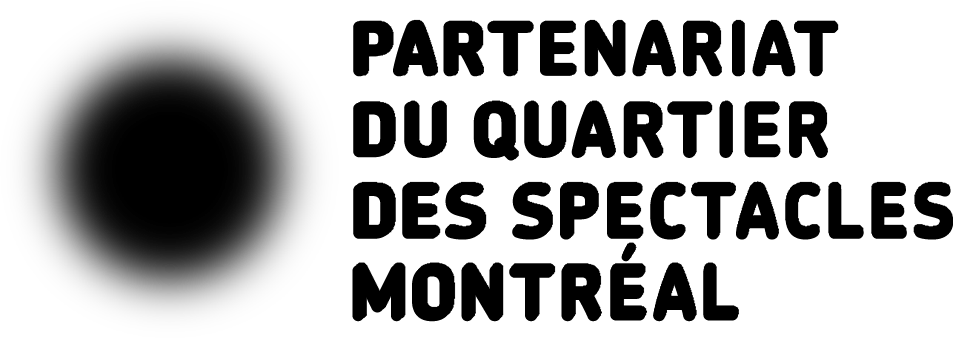You started developing The Making of Pinocchio in 2018, while Ivor was beginning his gender transition. How has your creative process evolved over time?
Ivor MacAskill: When I started to explore the idea of transitioning gender, Rosana and I felt the need to take some time to reflect on this experience we were going through both as a couple and an artistic duo. Until then, a lot of our work together had tackled questions of gender, sexuality, and queerness, but always through our identities as lesbians. The changes I was planning would necessarily change various aspects of our relationship. At the start, we simply wanted to get into a studio together and see what would happen. Through our explorations, it seemed to us that we had something useful and interesting to share with other people.
Rosana Cade: It was a long process because, along with the creative work, we were undertaking a big personal journey. The work helped us to develop our own vocabulary for this experience. Going beyond the medical language that’s becoming omnipresent, it soon seemed very stimulating for us to use our creativity to invent new ways of communicating and reflecting on transness, gender, and relationships.
How did the character of Pinocchio and the world of the story inspire you?
I.M.: At the start, it was a bit of a joke: Pinocchio dreams of becoming a “real” boy, just like a trans man wants to be a “real” boy. It’s very important to put that in scare quotes! We played with this allegory and found that it became more and more interesting to us Pinocchio is a stranger in this world, trying to find a place for himself any way he can. He has to always prove that he deserves to become a “real” boy. From a medical point of view, you feel a bit like that when you begin a transition. In a sense, you have to prove the validity of your identity to get access to the magic potion. These very fertile analogies helped us tackle some situations that we were going through, but always in a slightly indirect way.
Pinocchio is also known for his lies, with his little wooden nose that grows longer. That was another element that interested us, because even now, there’s still this discourse around the issue of gender, accusing trans people of lying, of inventing a reality that doesn’t exist.
R.C.: Of course, we also wanted to reclaim this canonical, popular story for the purpose of sharing a queer narrative. Symbolically, that was something important. But most of all, I’d say that the world of the story allowed us to take advantage of all the possibilities that emerge in a work of fantasy. The power of the imagination is an important notion in terms of our ability to dream of another world.
The Making of Pinocchio incorporates video and various cinematographic techniques. What enables you to combine these media?
R.C.: One of the questions we worked on was the question of truth. We asked ourselves how to express our dreams and fantasies in the real world. The truth always needs a frame and a context to exist. What does it mean to tell a trans story, and in which frame can it find its truth? The cameras and screens enabled us to stage those concerns. We quickly started to play with forced perspective and try out many possibilities. This technique creates an illusory effect that seems real on the screen, and that difference has enormous evocative potential. Since we’re in a theatre, we can show the video image and the reality behind it at the same time. Two perspectives are foregrounded at once.
I.M.: We also wanted to engage with a practice that’s become more and more widespread on YouTube, where you’ll find lots of videos of people filming their transition with the aim of documenting it day by day—like at the moment of taking hormones. How do you capture a change? Not just a change during transition, but in representation, in the creative process as it evolves over time. Theatre is a medium that’s really in the moment, while filmed images let you feel the passage of time.










